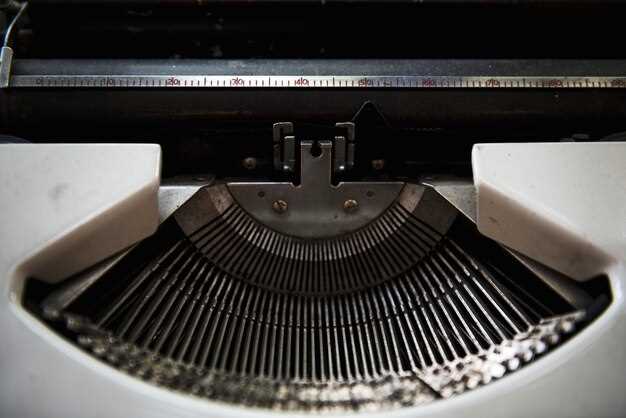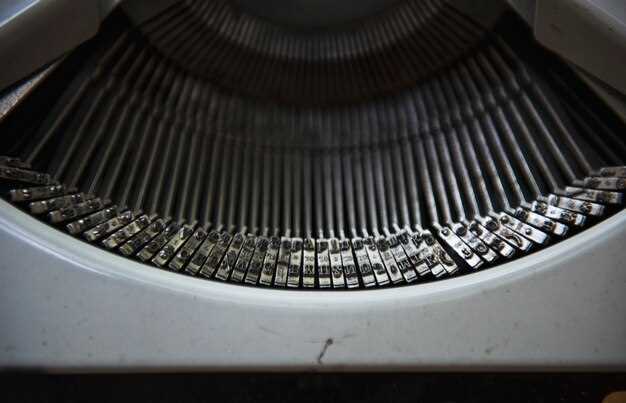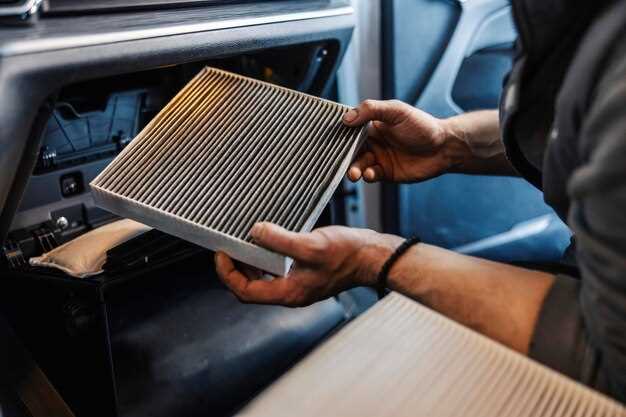
Diesel Particulate Filters (DPF) play a crucial role in reducing emissions from diesel engines, helping to maintain compliance with environmental regulations. Over time, these filters can become clogged with soot and other particulates, which can adversely affect engine performance and lead to costly repairs. Understanding how to properly clean and replace a DPF is essential for any vehicle owner or technician working with diesel engines.
This guide aims to provide a comprehensive overview of the processes involved in cleaning and replacing DPFs. Whether you are dealing with a minor blockage or a complete filter failure, knowing the right techniques and tools is critical for effective maintenance. We will explore various methods of cleaning DPFs, including the use of specialized equipment and chemical solutions, as well as the signs that indicate a filter needs replacement.
By following this guide, you will gain insights into the best practices for maintaining the performance of your diesel vehicle while ensuring compliance with emission standards. Regular maintenance of the DPF not only helps in prolonging the life of your engine but also contributes to a cleaner environment. Let’s dive into the essential aspects of DPF care.
Step-by-Step Process for Cleaning DPFs in Diesel Engines

Cleaning a Diesel Particulate Filter (DPF) is essential for maintaining optimal engine performance and reducing harmful emissions. Follow these detailed steps to effectively clean the DPF in diesel engines:
Step 1: Gather Necessary Tools and Supplies
Before starting the cleaning process, collect the required tools, including a DPF cleaning solution, a high-pressure air compressor, gloves, and protective eyewear. Ensure you have a clean workspace with ample ventilation.
Step 2: Remove the DPF from the Vehicle
Safely lift the vehicle using a jack and secure it with jack stands. Locate the DPF in the exhaust system and detach it from the mounting brackets. Carefully disconnect any sensors and hoses attached to the DPF, ensuring not to damage them during the removal process.
Step 3: Inspect the DPF
Examine the DPF for any visible damage, such as cracks or severe blockages. If significant damage is detected, consider replacing the filter instead of cleaning. Otherwise, proceed with the cleaning process.
Step 4: Pre-Cleaning Procedure
Before applying cleaning solutions, use a high-pressure air compressor to blow out any loose soot and debris from the DPF. Ensure to do this in a well-ventilated area to avoid inhaling dust particles.
Step 5: Apply Cleaning Solution
Follow the manufacturer’s instructions for the DPF cleaning solution. Soak the filter thoroughly, allowing the solution to penetrate and dissolve accumulated soot. Let it sit for the recommended duration to maximize efficacy.
Step 6: Rinse and Dry the DPF
After soaking, rinse the DPF with clean water to remove the cleaning solution and dislodged particles. Use compressed air to accelerate the drying process, ensuring the filter is fully dry before reinstallation.
Step 7: Reinstall the DPF
Once the DPF is clean and dry, carefully reinstall it into the vehicle. Reconnect all sensors and hoses, ensuring secure and proper connections to avoid leaks that could affect emissions.
Step 8: Reset the Engine Control Unit (ECU)
After reinstallation, reset the ECU to clear any error codes related to the DPF. This step ensures that the engine recognizes the clean filter and can accurately monitor its performance.
Step 9: Conduct a Test Drive
Finally, take the vehicle for a short test drive to allow the engine to reach optimal operating conditions. Monitor engine performance and emissions to ensure the cleaning process was successful.
Following this step-by-step guide will help maintain the DPF’s efficiency, reduce emissions, and extend the life of your diesel engine.
Signs Indicating the Need for DPF Replacement

Detecting the appropriate time for DPF (Diesel Particulate Filter) replacement is crucial for maintaining optimal vehicle performance. Several signs can indicate that your DPF is no longer functioning effectively and may need to be replaced.
One of the most noticeable symptoms is the illumination of the warning light on the dashboard. When the DPF warning light activates, it signals that soot levels have reached a critical threshold, and action is required. This light serves as an early indicator that the filter may be clogged.
Another common sign is a significant decline in engine performance. If you experience reduced power, sluggish acceleration, or poor fuel economy, it could be attributed to a failing DPF. A blocked filter restricts exhaust flow, leading to decreased engine efficiency.
Excessive exhaust smoke is also a critical warning sign. If you notice an unusual amount of black smoke emitting from your vehicle, it indicates that the DPF is unable to capture and filter out particulate matter effectively. This can lead to further complications if not addressed in a timely manner.
Additionally, frequent regeneration cycles are another indicator that the DPF might need replacement. If your vehicle is undergoing regeneration more frequently than normal, it implies that the filter is struggling to cleanse itself of accumulated soot.
Lastly, unusual noises emanating from the exhaust system, such as rattling or hissing, can suggest internal damage to the DPF. If these sounds are present, seeking a professional inspection is essential to ascertain whether a replacement is necessary.
Impact of DPF Maintenance on Emissions Compliance
Proper maintenance of the Diesel Particulate Filter (DPF) is crucial for ensuring compliance with emissions regulations. A well-maintained DPF effectively captures soot and particulate matter generated during combustion, thus reducing harmful emissions released into the atmosphere. Failure to maintain the DPF can lead to blockages and reduced filtration efficiency, resulting in increased particulate emissions.
Regular cleaning and timely replacement of the DPF not only restore its ability to function but also help in keeping emission levels within permissible limits set by governing bodies. Monitoring the DPF condition can prevent costly repairs and ensure that the vehicle operates efficiently. Neglecting DPF maintenance can lead to a complete failure of the system, which may trigger a check engine light and result in the vehicle being deemed non-compliant during emissions testing.
Furthermore, vehicles with a malfunctioning DPF can face hefty fines and penalties, along with environmental consequences due to the excess emissions. Therefore, adhering to a routine maintenance schedule for DPFs is essential for compliance with emissions standards, contributing to cleaner air and a more sustainable environment.




